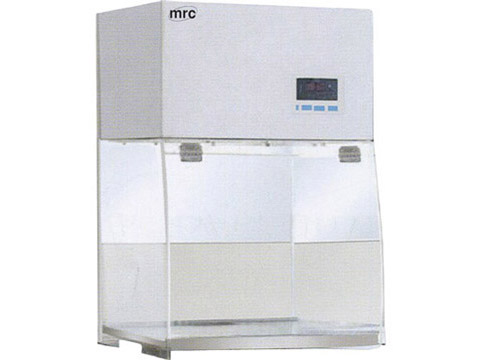First of all, what is the Biological Safety Cabinet? Its role is to protect the user from toxic substances during an experiment or research. If you have ever watched movies where laboratory experiments have been prevalent, you can deduce that it is an extremely delicate profession. It takes a high level of proficiency and experience to complete an experiment without any issue jeopardizing the results successfully. Asides from its delicate nature, it is a known fact that any mishap can cause devastating effects to scientists. Often, we see how people change or suffer severe injuries when there is an accidental spill or the release of toxins in the laboratory. The same consequences can be said in reality when you work on experiments in the laboratory.
There are other consequences aside from severe injury, but the experiment's validity, which might have taken months or even years to get done, can be hampered. In this article, we will uncover a guide to Biological Safety Cabinet Decontamination, which will not only keep you safe but ensure your experiment remains valid.
Here are the following steps that should become a daily habit:
Waste containers need to be properly sealed or closed after use. Furthermore, you have to be sure that no item has been exposed to the agent. Therefore, enclosing any item that has been exposed is a necessity for the success of the experiment.
Secondly, you need to decontaminate all containers in the laboratory. It is also important that you remove them from the cabinet to prevent contamination from spreading all over the area.
The third thing you should turn into a habit is to decontaminate everything inside the laboratory. You should do this for about 20- 30 minutes to properly get into the small spaces in the area. There are areas such as the back and the side of the cabinet that can hide contaminated materials. Hence, it is best to decontaminate every area of the interiors thoroughly.
You have to also remove all the items from the drain pan and empty them into a collection vessel. More importantly, the collection vessel has to contain disinfectant. Additionally, a flexible tube can be used to disinfect the drain valve.
Another thing you must note is the type of disinfectant that you use to clean the interior. Not all disinfectants cause corrosion to stainless steel but to be safe, use 70% of alcohol to wipe the surfaces you decontaminate. Chloride type disinfectant can cause corrosion if alcohol is not applied.
A biohazard bag and paper towels need to be close by at all times if there is a spill on the work surface. Hence, it would be best to prompt when any spilled solution is on the surface to prevent contamination of the experiment.
It is only normal for you to change gloves; however, you must always have your hands thoroughly when this happens. This is a must.
Since the cabinet houses different containers with various items inside, you should always check for radioactivity and properly discard any container that is contaminated.
If you would want to use UV lamps for your cabinet, then there are a few things that you need to know:
●Ensure that the room is vacant.
●The sliding door and any other opening have to be closed as the UV light can damage the skin and eyes.
●No week must go by without you cleaning the lamp off the dirt.
●Check the UV wavelength from time to time.
Conclusion
During losing hours, all personnel has to make it a point of duty to wash their hands thoroughly with warm soapy water. It is important to take these steps seriously and in no way is relying on UV light a safe enough decontamination practice.
